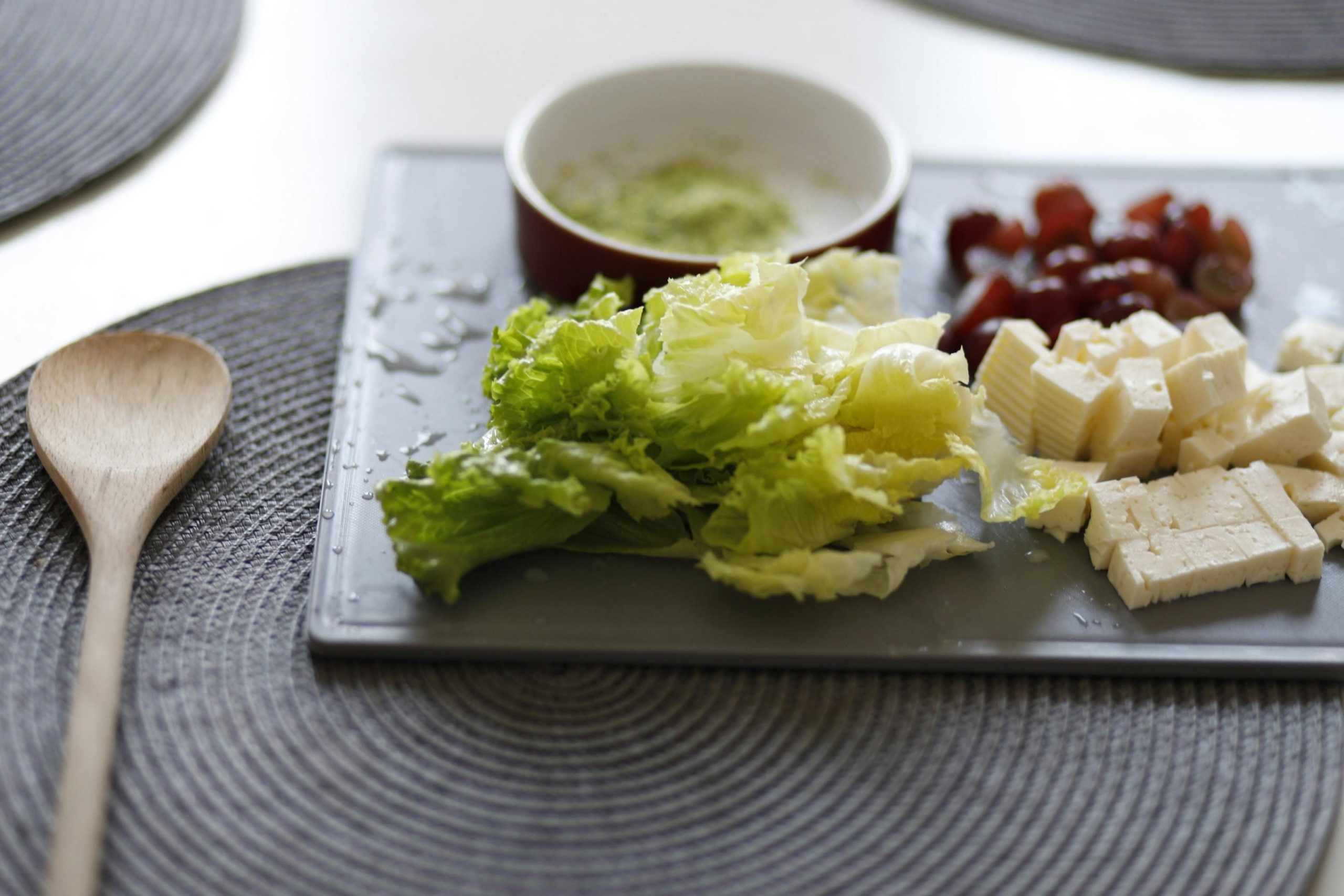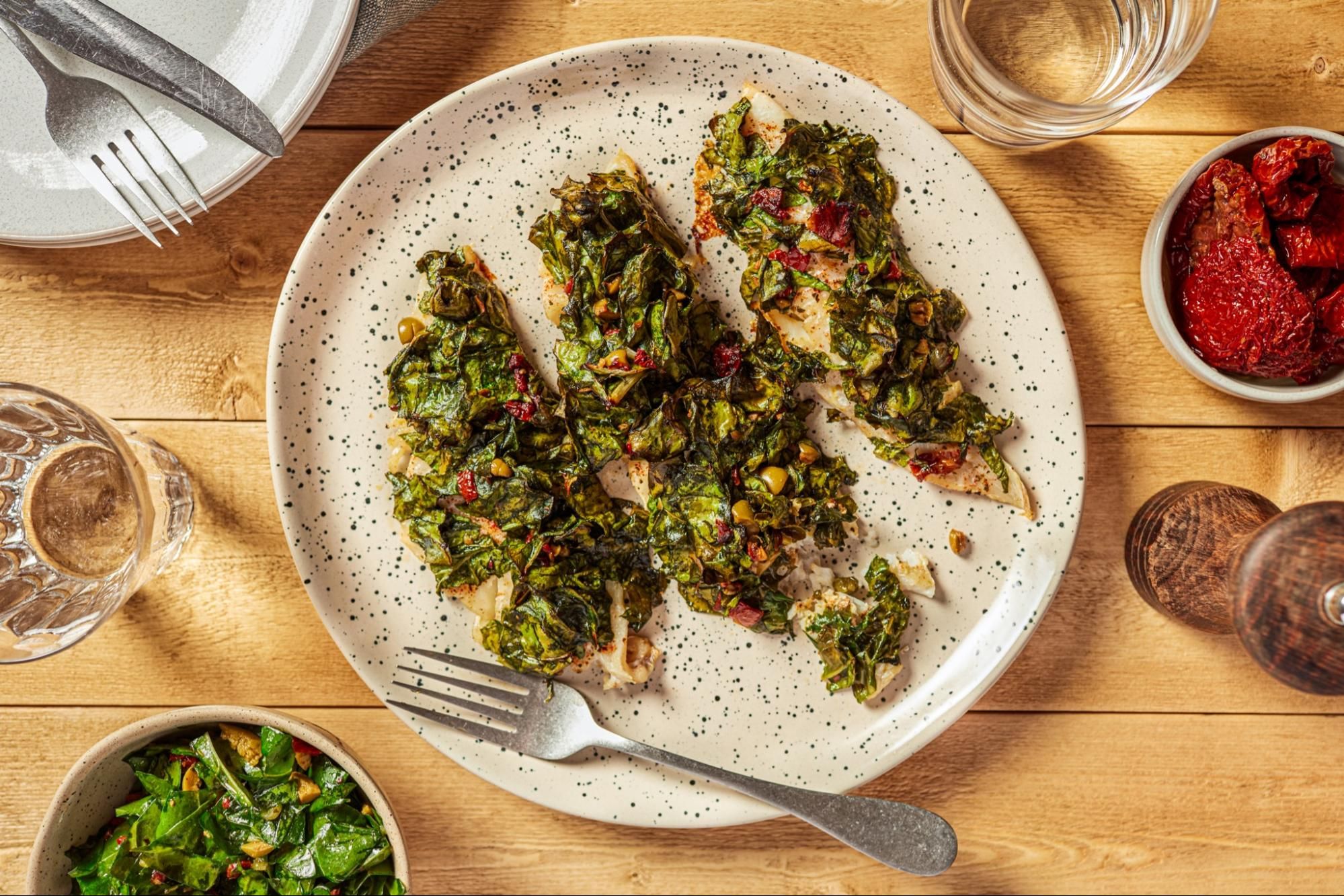Imagine a journey where every bite takes you deeper into a world of exquisite flavours and traditions.
Finding truly authentic Swiss desserts can be a daunting task amidst the plethora of global sweet treats.
Switzerland offers a rich tapestry of desserts, ranging from the nutty Bündner Nusstorte of Graubünden to the simple yet delightful Torta di Pane from Ticino.
Our upcoming blog post will guide you through Switzerland’s dessert landscape, exploring everything from chocolatey delights to traditional pastries and seasonal favourites, ensuring you know exactly where to find these heavenly treats.
Chocolate Heaven: Swiss Chocolate Desserts Unveiled

Switzerland is renowned not only for its picturesque landscapes but also for its mastery in chocolate-making. The country’s love affair with chocolate is deeply ingrained in its culture, making Swiss chocolate desserts a true symbol of culinary excellence. From the smooth, creamy textures to the innovative flavours that dance on the palate, Swiss chocolate desserts offer a luxurious experience that is hard to match.
The innovation in Swiss chocolate desserts is evident in the variety of forms they take, from classic chocolate bars to more intricate confections like truffles and pralines. This diversity showcases the creativity and skill of Swiss chocolatiers, who are committed to maintaining high standards of quality while exploring new ways to delight the senses of chocolate aficionados worldwide.
Biscuits in Switzerland: From Spitzbuben to Kambly

In Switzerland, the art of biscuit-making is showcased beautifully through traditional favourites like Spitzbuben. These delightful biscuits feature a layer of jam nestled between two buttery layers, often dusted with powdered sugar. The Spitzbuben are particularly popular during Christmas, making them a festive staple in Swiss homes.
Another notable mention in the realm of Swiss biscuits is Kambly, a brand that has been perfecting the art of fine biscuit-making for over a century. Kambly biscuits are famed for their elegant taste and delicate textures, offering a range of flavours that cater to both traditional and modern palates. Their commitment to quality and craftsmanship is evident in each biscuit, making them a beloved choice among those who appreciate the finer things in life.
Trittgel: The Sweet Tradition of Swiss Honey Biscuits
Trittgel, also known as Tirggel, are traditional Swiss honey biscuits that hold a special place in the country’s culinary heritage, especially in Zurich. These biscuits are known for their thin, hard texture and are beautifully embossed with various motifs, often depicting scenes from Swiss history or culture. Made primarily during the Christmas season, Trittgel’s unique combination of honey and spices like anise and coriander offers a delightful flavour that is both sweet and aromatic.
Bündner Nusstorte: A Nutty Delight from Graubünden

The Bündner Nusstorte, originating from the Graubünden region in Switzerland, is a delectable pastry that has captivated the taste buds of locals and tourists alike. This traditional dessert is known for its rich filling of caramelised sugar and nuts, typically walnuts, encased in a buttery shortcrust pastry. The unique combination of sweet and nutty flavours makes it a standout dessert in Swiss cuisine.
The preparation of Bündner Nusstorte involves a meticulous process that highlights the artisanal skills of local bakers. Key ingredients include:
- Flour and butter for the pastry
- A filling made from caramelised sugar and crushed walnuts
This pastry not only offers a delightful taste but also a glimpse into the culinary heritage of Graubünden, making it a must-try for anyone exploring Swiss desserts.
Torta di Pane: Ticino’s Traditional Bread Pudding

Torta di Pane, a traditional bread pudding from Ticino, Switzerland, is a quintessential example of how basic ingredients can be transformed into a delightful dessert. This pudding typically uses stale bread, which is soaked in milk and mixed with sugar, eggs, and a variety of optional ingredients like dried fruits, chocolate, and nuts. The inclusion of citrus zest and spices adds a bright and aromatic touch to the dish, making it a comforting treat that embodies the resourcefulness of traditional Swiss cooking.
The beauty of Torta di Pane lies in its versatility and simplicity. Here are some common additions that can enhance the flavour:
- Dried fruits such as raisins or apricots for a chewy texture
- Chocolate chunks or cocoa powder for a rich, decadent twist
- A splash of grappa or other spirits to deepen the flavour profile
These ingredients are not only flexible but also allow for personalisation, making each Torta di Pane uniquely satisfying. Whether served at family gatherings or enjoyed as a simple dessert, this bread pudding remains a beloved staple in Ticino’s culinary heritage.
Zwetschgenwähe: A Plum Tart Tradition in Swiss Cuisine

Zwetschgenwähe, a traditional Swiss plum tart, is a celebrated dessert that marks the arrival of autumn in Switzerland. Made predominantly with the local Italian prune plums known as ‘zwetschgen’, this tart is not just a treat but a seasonal ritual. The preparation of Zwetschgenwähe is simple yet precise, focusing on enhancing the natural tartness and sweetness of the plums. This dessert is typically enjoyed from late summer through autumn, aligning perfectly with the plum harvest season.
The key to the perfect Zwetschgenwähe lies in its ingredients and method. Here are a few essentials:
- Quality plums: The tartness and sweetness of the plums are crucial, as they define the flavour of the tart.
- Simple dough: A basic dough that crisps nicely upon baking, providing a perfect base that doesn’t overshadow the plums.
- Minimal seasoning: Typically, only a light sprinkling of sugar and perhaps some cinnamon is used, allowing the natural flavours of the plums to stand out. This approach to making Zwetschgenwähe highlights the Swiss penchant for using high-quality, local ingredients to create dishes that are both delicious and straightforward.
Swiss Cherry Pie: A Simple yet Cherished Dessert

Swiss cherry pie, known locally as Kirschwähe, is a beloved dessert that captures the essence of Switzerland’s cherry season. This simple yet delightful dish comprises a thin crust laden with fresh, local cherries. Its appeal lies in the straightforward preparation and the exquisite taste of the cherries, which are allowed to shine without being overshadowed by excessive sweetness or additional flavours. The pie’s charm is further enhanced by its versatility, as it can be made with both sweet and sour cherries, depending on what’s available or preferred. This dessert not only offers a taste of Swiss culinary tradition but also a perfect way to enjoy the country’s bountiful cherry harvest.
Apricot Cake: A Summery Swiss Favourite

Apricot cake, a summery delight in Switzerland, captures the essence of local apricot harvests. This cake is cherished for its light, fluffy texture and the sweetness of the apricots that top it, making it a favourite during the warmer months.
The popularity of apricot cake in Switzerland is due to its simple yet delicious combination of ingredients. These typically include:
- Fresh, locally-sourced apricots
- A base of sweet vanilla cake
- A hint of cinnamon for added depth
This cake not only offers a taste of Swiss summer but also showcases the country’s dedication to using high-quality, local produce.
Apple Strudel: Switzerland’s Take on a Classic Dessert
Apple strudel, or Apfelstrudel, is a beloved dessert in Switzerland, offering a delightful twist on the traditional recipe. While it originates from Austria, the Swiss have embraced it with open arms, often serving it warm with a dusting of powdered sugar and a side of vanilla ice cream or homemade vanilla sauce.
The Swiss version of apple strudel includes a few unique touches that set it apart:
- The inclusion of local ingredients like Swiss apples, which are known for their crispness and flavour.
- A lighter pastry dough that crisps beautifully in the oven.
- Often enjoyed after a long day of skiing or hiking, embodying the cozy Alpine lifestyle.
Berliner: The Beloved Doughnut of Switzerland
The Berliner, also known as Fastnachtsküchle in some parts of Switzerland, is a cherished treat in the Swiss dessert repertoire. This delightful doughnut, made from sweet yeast dough, is traditionally filled with jam and dusted with powdered sugar, making it a favourite during celebrations and everyday indulgences alike.
Its popularity extends beyond simple taste preferences, as the Berliner embodies a sense of festivity and comfort. Various fillings like chocolate, custard, and different types of fruit jams cater to a wide range of palates, ensuring that everyone can find a Berliner to love. Whether enjoyed with a cup of tea or as a standalone treat, the Berliner holds a special place in Swiss hearts.
Raspberry Delights: Swiss Desserts Bursting with Berries
Raspberry delights hold a special place in Swiss dessert culture, offering a burst of berry freshness that captivates both locals and visitors. Among the most cherished is the Raspberry Swiss Roll, a sponge cake that elegantly wraps mascarpone cream and raspberry jam in a soft embrace. This dessert not only showcases the versatility of raspberries but also reflects the Swiss penchant for incorporating local, fresh produce into their confections.
The popularity of raspberry desserts extends beyond the Swiss Roll. In Switzerland, raspberries are often used to add a vibrant touch and a hint of tartness to various desserts, including:
- Tarts where fresh raspberries top a creamy filling
- Mousses that blend raspberries into a light, airy texture
- Jams that capture the essence of raspberries for year-round enjoyment
These raspberry-infused desserts are particularly favoured during the summer months when the berries are at their peak, making them a seasonal delight in Swiss patisseries and households.
Magenbrot: The Swiss Gingerbread Tradition
Magenbrot, often found in vibrant pink bags at Swiss fairs and markets, is a distinctive type of gingerbread integral to Swiss culinary traditions. Known as ‘stomach bread’ due to its supposed digestibility, Magenbrot combines a rich mix of spices like cloves, cinnamon, and nutmeg with a sweet glaze, making it a favourite treat during festive seasons. This gingerbread is not just a delight to the palate but also a nod to Switzerland’s rich history of baking and spice trade, often showcased during national celebrations and local festivities.
Carac: A Chocolate Tart with a Swiss Twist

Carac stands out in the Swiss patisserie scene with its rich chocolate filling and distinctive green icing. This small, round tart is a favourite across Switzerland, found in many bakeries and grocery stores. Its unique appearance, highlighted by a vibrant green icing and a singular dark chocolate button on top, makes it instantly recognisable.
The base of a Carac is a crisp, cookie-like tart shell, differing from the softer pie pastry used in many other desserts. Inside, the shell is filled with a dark chocolate ganache that provides a deep, rich flavour, perfectly complementing the sweet icing. This combination of textures and tastes not only makes Carac a delightful treat but also showcases the Swiss precision in crafting desserts that balance flavour and presentation.
Schoggibirnen: Pears Dressed in Swiss Chocolate
Schoggibirnen, a delightful Swiss dessert, combines the simplicity of pears with the luxury of Swiss chocolate. This dessert is a testament to the Swiss knack for pairing local produce with their world-renowned chocolate. The process involves dipping ripe pears into melted Swiss chocolate, creating a treat that balances the natural sweetness and slight tartness of the pear with the rich, creamy texture of the chocolate. Schoggibirnen is not just a dessert; it’s a celebration of Swiss produce and chocolatier craftsmanship, enjoyed by many during festive seasons or as a refined finish to a meal.
Gelato in Switzerland: An Italian Dessert Staple
Gelato, the Italian version of ice cream, has carved a niche for itself in Switzerland’s dessert culture. This creamy delight is celebrated for its dense texture and intense flavours, distinguishing it from other types of ice cream by using less air and more flavouring. In Switzerland, gelato is not just a summer treat but a year-round favourite, enjoyed in the cosy corners of local artisan gelaterias.
The rise of artisan gelaterias across Switzerland has introduced locals and tourists alike to authentic Italian gelato, making it a staple in the Swiss dessert scene. These gelaterias often feature:
- Traditional flavours like hazelnut and pistachio
- Seasonal specials that incorporate local Swiss ingredients
This integration of Italian tradition with Swiss quality has helped gelato become a beloved dessert choice in Switzerland, reflecting the country’s openness to culinary diversity and quality.
Swiss Yogurt: A Versatile Dessert and Snack
Swiss yogurt, known for its creamy consistency due to the stirring process rather than straining, plays a dual role in Switzerland’s culinary scene. It serves both as a quick, everyday dessert and as a delightful snack. This versatility is enhanced by the variety of flavours available, from fruit-infused varieties to richer options like chocolate and coffee.
Despite its sweetness, which technically classifies it more as a dessert, Swiss yogurt is also embraced as a snack, especially among families. It is often enjoyed in its plain form or mixed with fresh or stewed fruit to reduce sugar content, making it a healthier alternative. This adaptability makes Swiss yogurt a staple in both the dessert and snack categories, reflecting its integral role in Swiss food culture.
Discover Swiss Desserts with Indulge: Your Culinary Adventure Awaits
INDULGE offers an unparalleled opportunity to dive deep into the world of Swiss desserts through its curated culinary tours in Zurich. By participating, you’ll get to explore traditional Swiss desserts like the luxurious Swiss chocolate and the quaint Trittgel biscuits, all while being guided by local experts who share fascinating insights into the desserts’ histories and cultural significance.
These tours not only introduce you to famous Swiss confections but also include tastings of lesser-known delicious Swiss desserts. Highlights of the INDULGE experience include:
- Sampling a variety of popular Swiss desserts during the tour
- Learning about the intricate processes behind each dessert
- Enjoying these treats in some of Zurich’s most iconic venues
This makes every INDULGE tour a memorable part of any culinary adventure in Switzerland.
Frequently Asked Questions
What is the most popular desserts in Switzerland?
Some of the most popular desserts in Switzerland include the Bündner Nusstorte, a nutty delight from Graubünden; Swiss chocolate desserts, which showcase the country’s mastery in chocolate-making; and the traditional bread pudding, Torta di Pane from Ticino. Additionally, Swiss cherry pie and apricot cake are also highly cherished, especially during their respective fruit seasons.
What is the dessert in the Alps?
In the Swiss Alps, a popular dessert is the apple strudel, known locally as Apfelstrudel. This dessert is often enjoyed warm, sprinkled with powdered sugar and served with vanilla ice cream or homemade vanilla sauce, particularly after a long day of skiing or hiking, embodying the cozy Alpine lifestyle.
What are Swiss pastries?
Swiss pastries include a variety of traditional and beloved items such as the Bündner Nusstorte, a pastry with a rich filling of caramelised sugar and nuts from Graubünden; Spitzbuben, biscuits with a layer of jam between two buttery layers; and Magenbrot, a type of gingerbread known for its rich mix of spices. Additionally, the Berliner, a sweet doughnut filled with jam, is another popular Swiss pastry.
What is the most popular dessert?
Among the most popular desserts in Switzerland are Swiss chocolate desserts, renowned for their creamy textures and innovative flavours, and the Bündner Nusstorte from Graubünden, known for its nutty and sweet flavour profile.








